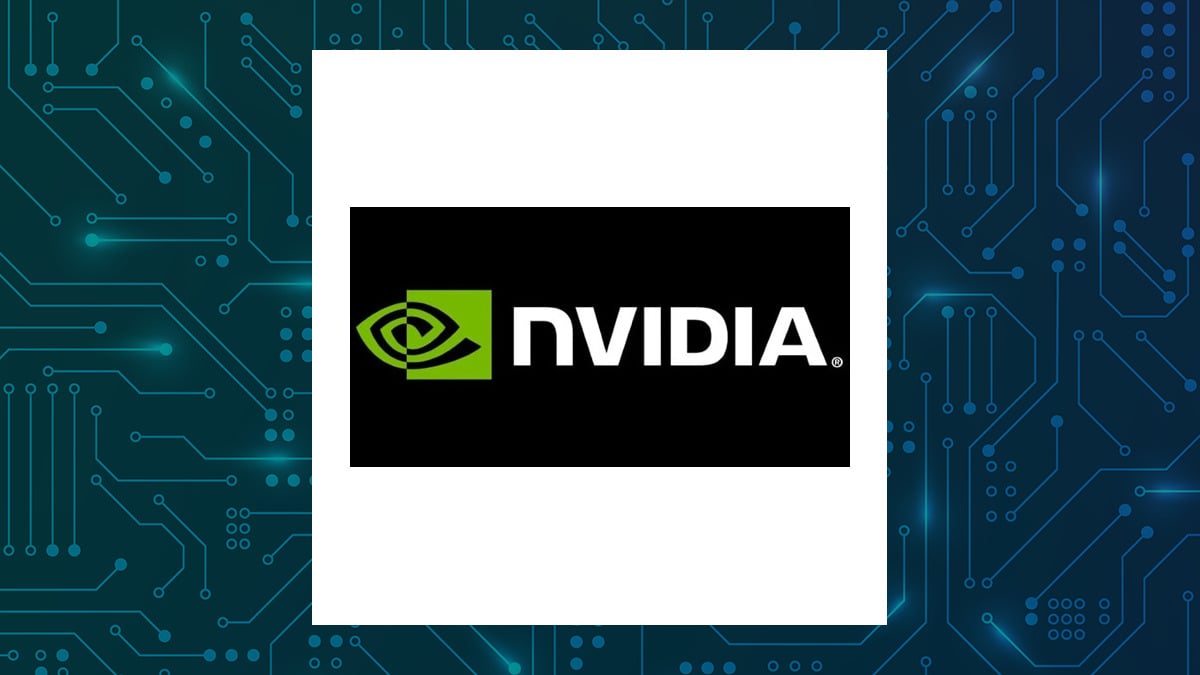U.S. Bank has initiated a pilot program for stablecoin issuance utilizing the Stellar network, marking a significant step in the bank’s exploration of digital assets. The announcement came during the bank’s Money 20/20 podcast episode titled “The Tokenized Future of Banking.” While specifics regarding the pilot’s scale, scope, and timing were not disclosed, the initiative reflects a growing trend among financial institutions toward adopting tokenized settlement solutions.
“We see a lot of opportunity in the digital asset and stablecoin space,” stated a U.S. Bank spokeswoman in an interview with American Banker. The bank aims to conduct various proof-of-technology tests and pilots, which will allow it to prepare effective products and services for clients when the regulatory environment becomes clearer.
In October 2023, U.S. Bank was appointed as the custodian for Anchorage Digital Bank’s stablecoin platform, taking responsibility for the reserves of stablecoins issued through Anchorage. At that time, the bank also indicated it might issue a proprietary stablecoin in collaboration with a partner or consortium. Despite many large U.S. banks investigating the prospect of creating their own stablecoins, none have yet introduced one to the market.
According to a recent survey by American Banker, only 2% of bank and credit union executives reported that their institutions were piloting a stablecoin. Additionally, 4% indicated plans to pilot or launch a stablecoin, while another 4% anticipated partnerships to issue one. A substantial 36% of participants are in preliminary discussions about stablecoin issuance without concrete plans.
Several smaller institutions have taken action, with St. Cloud Financial Credit Union in Minnesota successfully launching a stablecoin, while Custodia Bank and Vantage Bank recently collaborated on a similar initiative. Tiffani Montez, principal analyst for financial services at eMarketer, noted, “U.S. Bank could become the first major institution to issue a stablecoin.” She emphasized that the bank’s leadership in this area will depend on its ability to navigate regulatory frameworks safely and ensure that any stablecoin complements its existing deposit funding model.
U.S. Bank’s choice of the Stellar network is strategic, as it addresses the compliance needs of banks. Mike Villano, senior vice president of enterprise innovation at U.S. Bank, elaborated on this decision during the podcast. “Stablecoins are faster, cheaper, 24/7, and that’s true out of the box,” he said. He highlighted the importance of additional protections, such as Know Your Customer (KYC) regulations and transaction clawback capabilities. Stellar’s platform allows for asset freezes and transaction controls directly at the blockchain’s core, which is advantageous for banking customers.
The Stellar Development Foundation’s president, José Fernández da Ponte, explained that the network was specifically designed with financial institutions in mind. Unlike many decentralized networks where transaction validators remain anonymous, the Stellar network requires validators to disclose their identities. This feature is particularly appealing to regulated companies that must verify the identity of their business partners.
Stellar also offers unique capabilities, such as “trust lines,” which enable users to establish explicit agreements regarding which assets they will accept. “One of the issues that you have on blockchains is that people might drop tokens in your wallet that you don’t want to receive,” da Ponte noted. The trust lines help users ensure they only receive tokens from trusted issuers, a feature that aligns with regulatory requirements in places like New York.
U.S. Bank sought a network that could handle high transaction speeds, with Stellar being capable of processing approximately 1,000 transactions per second. “If you’re working on retail payments, you need to be able to do at least 1,000 transactions per second,” da Ponte emphasized, underscoring Stellar’s speed advantage over other blockchain networks, such as Ethereum.
Several cryptocurrency companies, including Circle and PayPal, have leveraged the Stellar network for stablecoin issuance. Other notable infrastructure providers for stablecoins include BNY Mellon, Anchorage Digital Bank, and Cross River Bank, which recently announced its own offering.
Montez remarked that U.S. Bank’s pilot on Stellar indicates that stablecoins are entering a critical phase of institutional adoption. “This moment matters for the sector because large institutions are now testing the mechanics of issuance, reserves, and interoperability,” she said. As regulatory frameworks evolve, banks that act swiftly to integrate programmable, yield-bearing digital money into core banking functions will likely play a pivotal role in shaping the future of the financial landscape.







